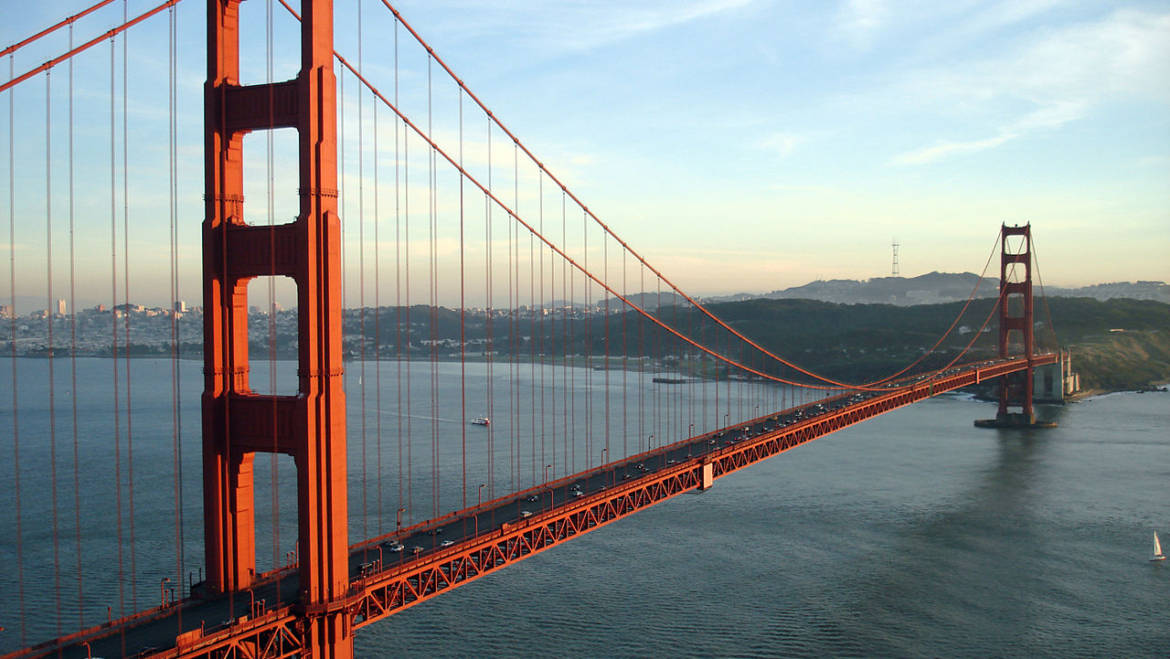Here are our recommendations for presentations in east and southeast Asian archaeology at the final day of the SAAs, Sunday April 19th:
Environmental Archaeological Approaches in Southeast Asia
Room: Union Square 25
Time: 8:00am-11:30am
Chair: Hannah Van Vlack and Cyler Conrad
Abstract: The aim of this session is to report on recent environmental archaeological approaches to understanding human behavioral adaptations in Southeast Asia (mainland and island). We aim to survey the various ways that environmental conditions affected hunter-gatherer and agricultural societies throughout the late-Pleistocene and Holocene. Paper topics of this session may include research of subsistence regimes, technological change and/or development, forager efficiency, paleoecology, transition into agriculture, or any relevant research involving these themes. We welcome novel research, papers involving meta-analysis, or historical reviews.
8:00 The Late Pleistocene Environment and Lithic Technology in South China (Youping Wang)
8:15 Farming as a Dominant Subsistence Strategy?: Organic Geochemical Analyses on Potsherds from Prehistoric Korean Peninsula (Seungki Kwak)
8:30 The Social and Ecological Characteristics of Prehistoric Cambodian Earthworks (Michael Dega and Kyle Latinis)
8:45 Archaeometallurgy, Environment & Landscape in Upland Laos: Its Impact on ‘World-Views’ during the Transition from the Bronze Age to Early States in SE Asia (Nigel Chang)
9:00 Regional Settlement Responses of the Khmer Empire to Environmental Stress and Angkor Abandonment (Tegan Hall and Dan Penny)
9:15 The Negotiated Wild: Khmer-Kuy Relations and the Politics of Habitat in Lowland Cambodia before 1970 (Jacob Gold)
9:30 Environmental Archaeology of Spinning, Weaving and Dyeing in Ancient Thailand (Puangtip Kerdsap)
9:45 Human Dietary Responses to the Ecological Instability of Prehistoric Khao Wong Prachan Valley, Thailand: Corroboration between Paleobotany and Skeletal Chemistry (Chin-hsin Liu and John Krigbaum)
10:00 Forager Efficiency, Demographic Shift and Environmental Change: Re-Evaluating the Broad Spectrum Revolution in Mainland Southeast Asia (Cyler Conrad)
10:15 Khao Toh Chong Rockshelter, Krabi: A Reflection on Human Behavioral Adaptations Driven by Environmental Change during Prehistory (Hannah Van Vlack)
10:30 An Analysis of Reptile Bone from an Excavation at Moh-Khiew Cave, Krabi Province, Thailand (Supalak Mithong)
10:45 Stone Artefacts from Southeast Sulawesi: Technology Beyond the Toalean (Deanna De Boer, Zara Steinhart, Ben Marwick, David Bulbeck and Sue O’Connor)
11:00 Human Ecology and Lithic Technology in Late Pleistocene SE Asia: A Whole Assemblage Perspective (Daniel Michael and Julien Riel-Salvatore)
11:15 Ben Marwick (Discussant)
Ceremonial Architecture in Eastern Polynesia: Development and Variability
Room: Union Square 21
Time: 8:00am-9:30am
Chair: Guillaume Molle
Abstract: Ancient monumental remains in Eastern Polynesia include many types of structures. Among the most visually impressive category is the so-called “marae complex”: the defining element of traditional ceremonial sites. Despite an apparent cultural homogeneity within the Polynesian area, archaeological studies—as well as ethnohistorical accounts—have demonstrated considerable regional and local variation in the architecture of marae. Patterns have emerged, including a recurrence of several fundamental features, but the marae monuments have evolved unique regional characteristics (marae in central East Polynesia and New Zealand, heiau in Hawaii, ahu on Easter Island). This differentiation has traditionally been attributed to both internal and external factors, but can also be explained through an adaptation to specific, localized ritual and socio-political functions. Sessions contributions will explore various topics, including the appearance and chronology of the sites, their architectural diversity and subsequent interpretations, the functions and specializations of their structures, their place within a larger settlement pattern, etc. Regional and archipelago scale syntheses are encouraged. We are also accepting contributions related to other components of ceremonial sites, such as stone sculptures, petroglyphs etc.
8:00 Priests’ Houses and Architectures of Ideology in East Polynesia (Jennifer Kahn)
8:15 Marae of Tahiti, Society Islands (Tamara Maric)
8:30 Exploring Religious Practices on the Polynesian Atolls: A Comprehensive Architectural Approach Towards the Marae Complex in the Tuamotus (Guillaume Molle)
8:45 Exploring the Spatial Distribution of Rapa Nui Ahu with Costly Signalling Theory: An Agent-Based Model (Alex Morrison and Carl Lipo)
9:00 Monumentality and the Archaic State: Heiau Distribution in Kaupo, Maui (Alexander Baer)
9:15 Towards a Historical Archaeology of Heiau: Hawaiian Traditions, Colonialism, and Religious Transformation in the Recent Past (James Flexner and Mark McCoy)

